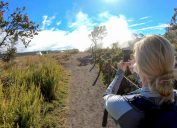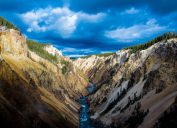National Park Service Has an Alert for Visitors: Touching This Can "Make You Sick"
Officials say this one thing found within the system can "make you sick."
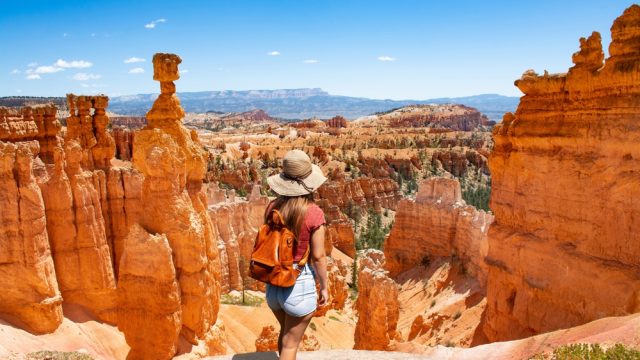
The U.S. National Park System provides plenty of ways to get outdoors and experience pristine nature. But despite how convenient it may feel, any wilderness experience comes with a set of potential risks. From sudden major weather events to permanent hazards, it's just as important to respect your surroundings by staying aware of the dangers out there. And now, National Park Service (NPS) officials are warning visitors that there's one thing that can "make you sick" just by touching it. Read on to see what you'll want to keep your hands away from during your next visit.
READ THIS NEXT: U.S. National Parks Are Getting Rid of This for Visitors, Starting Now.
Park officials often alert visitors to stay mindful of any hazards.

Hundreds of millions of visitors flock to national parks and the sites under the system's purview each year to catch a glimpse of unique wildlife, special vegetation, and majestic natural landmarks. But while officials go out of their way to make such sights accessible, there can still be potentially dangerous situations that require special attention and regular reminders.
In some cases, the events can be a spur-of-the-moment occurrence that creates treacherous conditions. For example, earlier this year, officials at Yellowstone National Park had to evacuate more than 10,000 visitors when record-breaking flooding struck. And in July, officials at Yosemite National Park closed its South Entrance and other nearby routes due to "hazardous" conditions created by the devastating Washburn Fire.
Other potential risks can be annual or even permanent. In August, Grand Canyon National Park rangers released an alert to "watch foot placement and look for trip hazards" after a 44-year-old man was killed in an accidental fall from the site's North Rim. That same month, Yellowstone officials reminded visitors to "stay further than 25 yards away from all wildlife" due to the annual bison mating season known as "rut" when "bulls are on high alert and can get aggravated easily." Rangers then issued a similar warning the following month at the beginning of elk mating season, saying that bulls can be "unpredictable and dangerous" from September through October.
But now, officials are warning visitors of another animal that poses a potential health and safety risk.
NPS officials caution visitors not to touch one seemingly harmless animal.

Even novice outdoor enthusiasts know it's unsafe to try to pick up or handle reptiles like potentially venomous snakes they may come across on the trail or in their yards. On the other hand, amphibians like frogs and toads often don't have the same risks associated with them. But according to NPS officials, one particular species can be hazardous to your health if you touch it.
In a Facebook post on Nov. 1, the agency shared a black and white image from a motion sensor camera taken of a Sonoran Desert toad at Organ Pipe Cactus National Monument in Arizona, describing it as "one of the largest toads found in North America, measuring nearly seven inches." But while officials poke fun at how the tiny frog appears imposing in the grainy photograph and play up its telltale "weak, low-pitched toot, lasting less than a second," they also caution "these toads have prominent parotoid glands that secrete a potent toxin" that "can make you sick if you handle the frog or get the poison in your mouth."
RELATED: For more up-to-date information, sign up for our daily newsletter.
The toad's toxins contain a powerful hallucinogen and can be dangerous to pets.
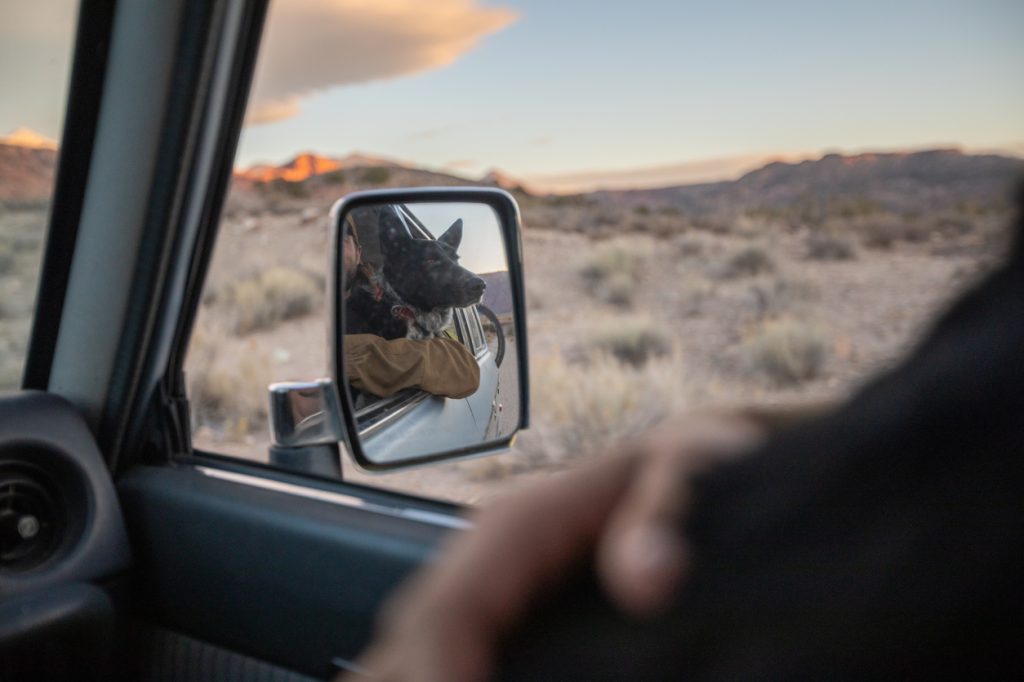
Unfortunately, the same element that makes the frog—also known as a Colorado River toad—a potential health risk has also placed it in harm's way. The toxins secreted by amphibians contain a hallucinogenic compound known as 5-MeO-DMT, NPR reports. The drug's popularity has spiked after celebrities such as boxer Mike Tyson spoke publicly about its use, creating a rush on the animals that has even pushed the species onto the "threatened" list in New Mexico. This is also despite the fact that the U.S. Drug Enforcement Administration (DEA) has listed the compound as a Schedule 1 drug, making it illegal to possess.
But even if you can manage to avoid touching the toad while out in the wilderness, it's also essential to make sure any canine companions aren't too curious, either. According to the Arizona-Sonora Desert Museum, the frog's toxins are "strong enough to kill full-grown dogs that pick up or mouth the toads."
Officials remind visitors that it's crucial to "refrain from licking" any of the amphibians they may come across in a park.
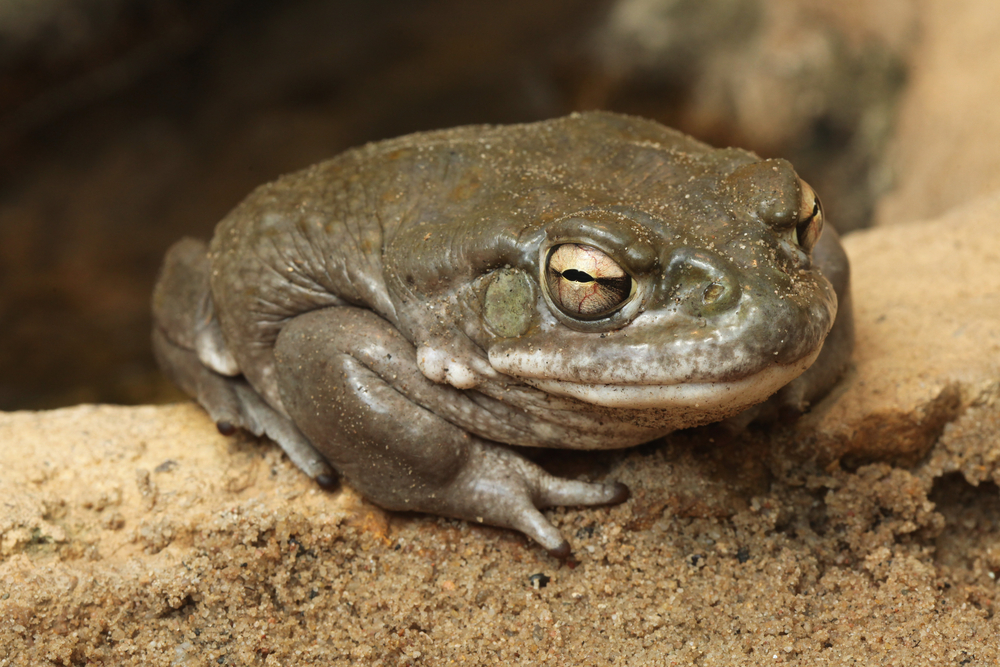
Still, the NPS keeps their warnings about the amphibians relatively light-hearted. In a series of tweets accompanying the agency's Facebook post, officials make open references to "hypnotoads" from the popular cartoon Futurama before encouraging visitors to keep the animals out of their mouths.
"As we say with most things you come across in a national park, whether it be a banana slug, unfamiliar mushroom, or a large toad with glowing eyes in the dead of night, please refrain from licking," they write. "Thank you. Toot!"
